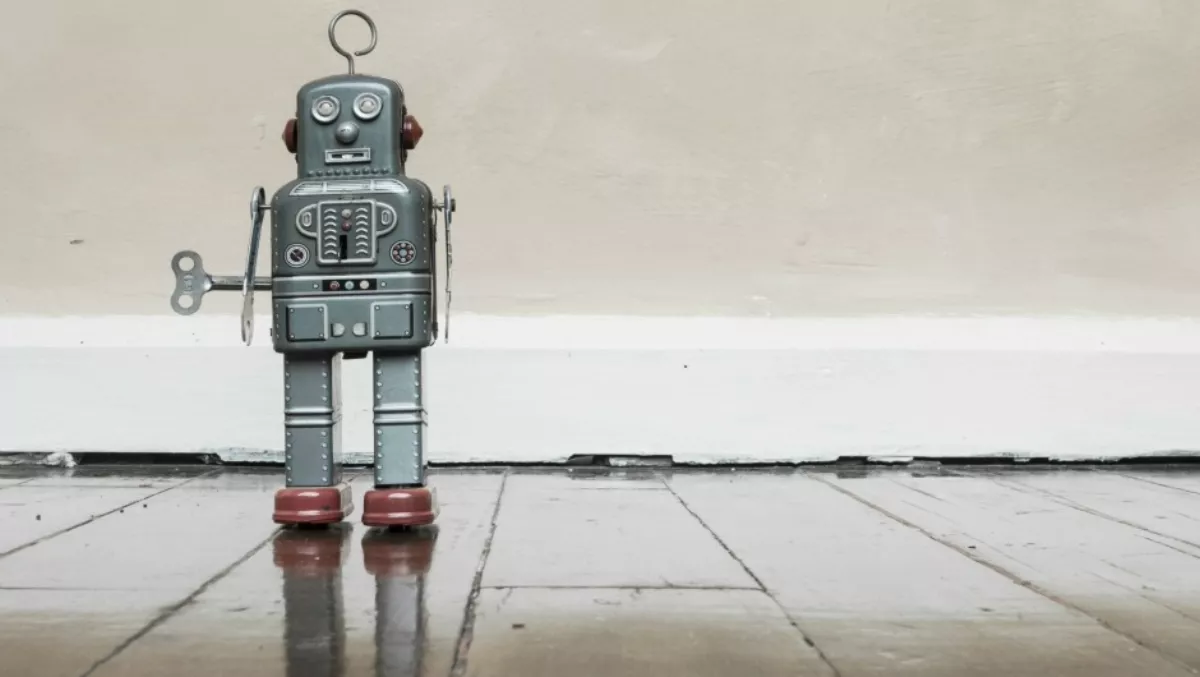
Robots coming to households, according to new research
More than one in ten American households will have a robot in its midst by 2020, according to Juniper Research.
The company says so-called 'task oriented' robots assigned to take over household chores will dominate.
"Devices such as iRobot's Roomba and Droplet Robotics' Sprinkler offer tremendous 'fire and forget' type convenience for consumers, and despite obvious design compromises, are likely to usher in a new era of housekeeping," Juniper Research explains.
However, the company's new research, Worldwide Consumer Robotics: Markets - Strategies 2015-2020, says artificial intelligence remains a work in progress.
It found that the performance of more complex robots, such as SoftBank's Pepper, while improving, are heavily limited by present-day technology. Thus, in order to meet consumer expectations, smarter, more contextually‑aware robots are required, the company says.
Achieving a leap forward in AI will demand not only more computing power, but also much greater efficiency if processing is to be offloaded from the cloud. Therefore, new approaches in chip design, such as IBM's TrueNorth, are likely to become important in the medium-term.
Additionally, the research found that cost and trust are key factors in preventing mass take-up. Juniper says component economies of scale have yet to be achieved, while R-D costs are high.
Meanwhile, studies indicate that trust between robots and humans is rapidly eroded, even if a robot is able to perform better than a human on average.
"The state of consumer robotics could be compared to the PC in the late 70s," says research author Steffen Sorrell. 'Venture capitalist and corporate investment has ramped up tremendously recently – they know that this is the start of a paradigm shift in the way we use and interact with machines," he says.
Other Key Findings
- Healthcare: an ageing global population means that the scope for healthcare robots is beyond doubt in the long-term.
- 3D Printing: falling 3D printer costs and new printer capabilities offer developers to slash the cost of prototyping.


